This post may contain affiliate links. If you click through a link and make a purchase, I may receive a commission at no additional cost to you. As an Amazon Associate, I earn from qualifying purchases. Read the full disclosure here.
This article is your one-stop shop upper body muscle guide to help you understand how the body works together for a better workout and injury prevention.
PS – Don’t forget to check out my YouTube channel here, where you can body part specific yoga and flexibility classes. See you there!
- The complete guide to upper body muscles for exercise
- Deltoid
- Deltoid strengthening exercises
- Deltoid stretching exercises
- Pectoralis major/minor
- Pec strengthening exercises
- Pec stretching exercises
- The rotator cuff
- Rotator cuff strengthening exercises
- Rotator cuff stretching
- Biceps
- Biceps strengthening exercises
- Biceps stretches
- Triceps
- Triceps strengthening exercises
- Triceps stretches
- Scapular stabilizers
- Exercises for scapular muscle strengthening
- Scapular muscles stretches
- Latissimus dorsi
- Lat strengthening exercises
- Lat stretching exercises
- Wrapping up
Disclaimer: This content is for educational purposes and is not medical advice. Read the full disclaimer.
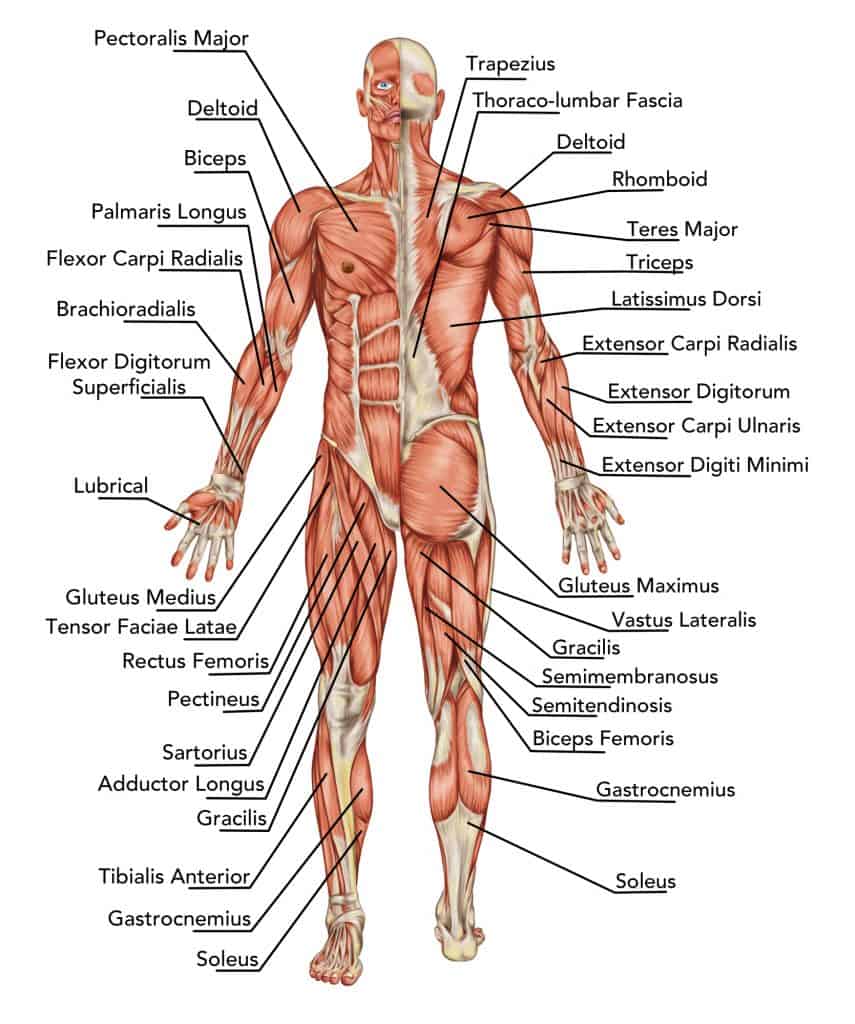
The complete guide to upper body muscles for exercise
Deltoid
The deltoid is the outermost layer of the shoulder muscles, wrapping around the shoulder joint.
And who doesn’t want a nice set of shoulders??
- Anterior deltoid – shoulder flexion (raising the arm in front of you)
- Lateral deltoid (aka middle deltoid) – shoulder abduction (raising the arm out to the side)
- Posterior deltoid – shoulder extension (moving the arm toward the back)
Deltoid strengthening exercises
- Anterior deltoid: front raises, overhead press, push-ups, battle-ropes, dips
- Lateral deltoid: lateral raises, upright rows, side planks, Arnold press
- Posterior deltoid: rows, single-arm rows, bent over lateral raises, rear deltoid machine
Of course, there are many exercises for each muscle group. This list is meant to give you an idea of which exercises target which muscle group.
Don’t miss 8 Exercises To Avoid When You Have A Rotator Cuff Injury.
Deltoid stretching exercises
Stretches that target the deltoid include: Clasping hands at the lower back and puffing out the chest (anterior deltoid), pulling the arm across the body (posterior deltoid).
Due to its location, it’s difficult to stretch the lateral deltoid.
In order to stretch a muscle, you have to be able to move in the opposite direction of the action the muscle performs. You can get a stretch by pulling the arm crossbody while lowering the elbow down toward the abdomen.
Pectoralis major/minor
Pectoralis major is the larger of the chest muscles and covers a lot of surface area with attachments to the sternum, upper ribs, clavicle, and deep fascia of the external oblique.
The opposite side of this muscle attaches to the front (anterior) side of the humerus.
The pec major functions to push the arm away, adduct (bring the arm across the body), and rotate it inward.
The pec minor sits beneath the pec major and helps stabilize and fine-tune motions between the upper ribs and the scapula.
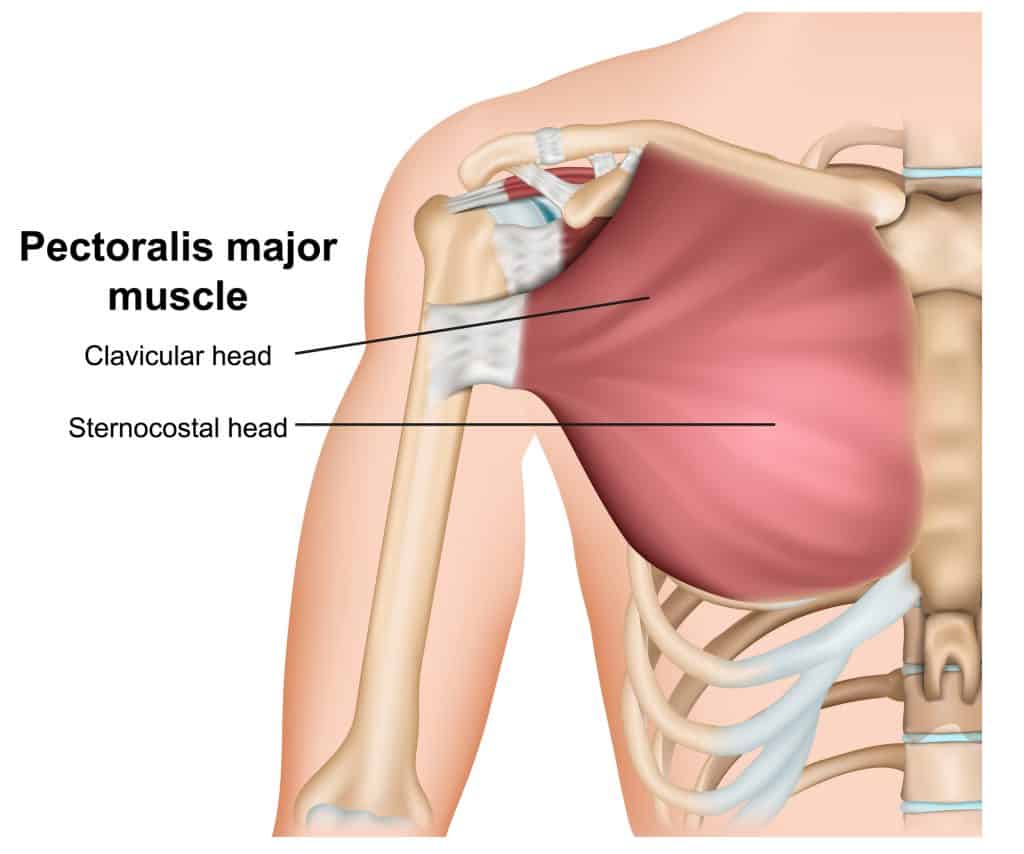
Pec strengthening exercises
- Push-ups
- Chest flies
- Seated chest press machine
- Cable crossovers
- Bench press
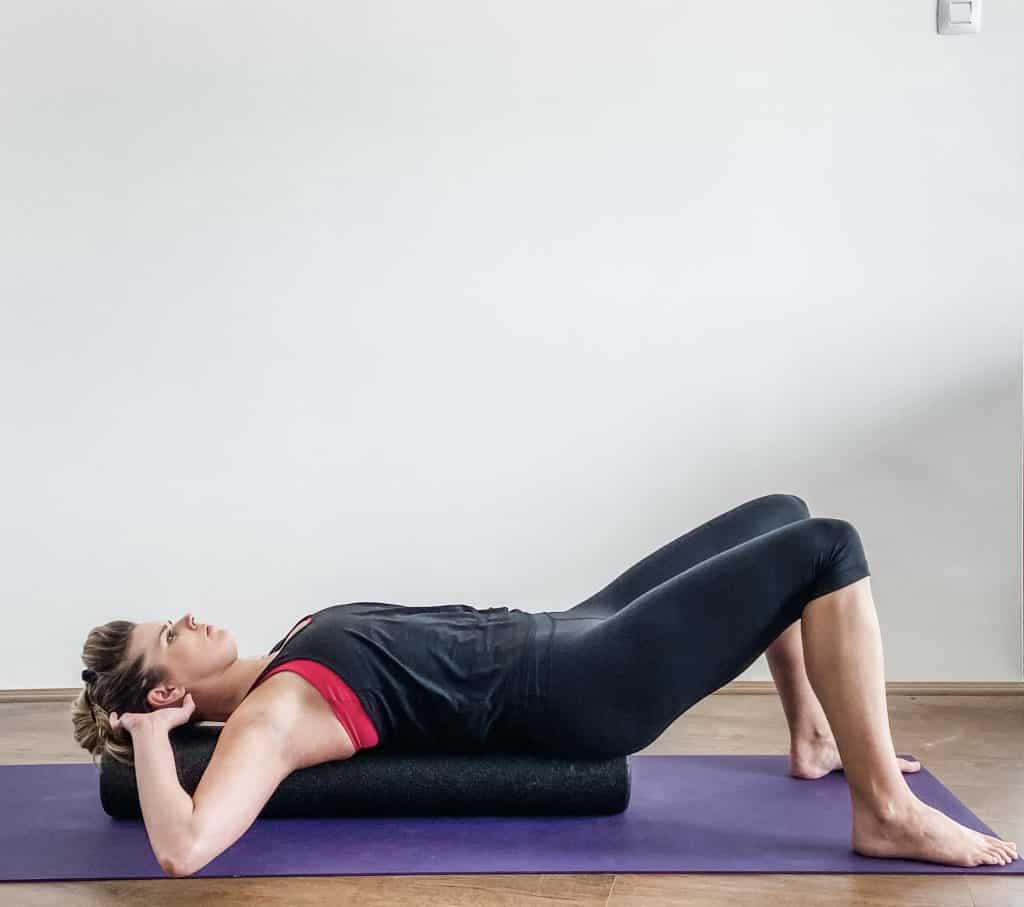
Pec stretching exercises
- Doorway stretch (Y and goal post position)
- Supine on a foam roller
- Puppy pose
The rotator cuff
The rotator cuff is four separate muscles; supraspinatus, infraspinatus, subscapularis, and teres minor.
This group forms the innermost layer of muscular stability for the shoulder.
Related read: Frozen Shoulder vs. Impingement Syndrome – What’s The Difference?

The rotator cuff helps with rotational movements and fine-tuning the three-dimensional movements of the shoulder.
Supraspinatus assists with the initial lifting of the humerus into abduction to prevent the top of the bone from colliding into the acromion. Supraspinatus is most frequently injured.
The other three rotator cuff muscles perform internal and external rotation motions.
Check out this At-Home Screen For Rotator Cuff Pain to catch symptoms early.
Rotator cuff strengthening exercises
- Isolated motions with resistance bands in various planes
- Stability exercises such as ball circles on the wall
- Resistance band or cable machine exercises in diagonal patterns
- Shoulder flexion in the scapular plane below the height of the shoulder in a V-like motion
Related read: Modifications For Shoulder Pain During Les Mills Body Pump
Rotator cuff stretching
- Mobility exercises using a stick to move the arm at various angles
- Cross-body stretch
- Doorway stretch
Biceps
The biceps primary function is flexing the elbow and rotating the palm upwards (elbow flexion and forearm supination.) But it also has a small role in shoulder flexion due to where the long head attaches.
The tendon of the long head fuses in with the labrum and capsule at the front of the shoulder, therefore it can affect shoulder motion.
Biceps strengthening exercises
- Biceps curls
- Rotating biceps curls
- Compound movements such as rows and lat pulldowns
Biceps stretches
- Shoulder and elbow extension
- Clasping hands behind the back with the palms facing down

Triceps
This large muscle spans the entire posterior side of the upper arm.
The primary job of the triceps is to extend the elbow. However, the triceps’ long head has an attachment to the scapula and has a role in shoulder extension and adduction.
Triceps strengthening exercises
- Triceps kickbacks
- Overhead triceps extension
- Push-ups
- Triceps push-ups
- Dips
Triceps stretches
Stretches that target the triceps: flexion of the elbow and the shoulder will target all three heads of the triceps.

Scapular stabilizers
A whopping 17 different muscles have an attachment of some kind to the scapula.
Talk about being pulled in too many directions!
The “shoulder blade” portion of the scapula is stabilized by muscles, making strength a necessity for proper mechanics and pain-free shoulder ROM.
Some of the major scapular stabilizing muscles include:
- trapezius (upper/middle/lower)
- the rhomboids
- serratus anterior
- levator scapulae
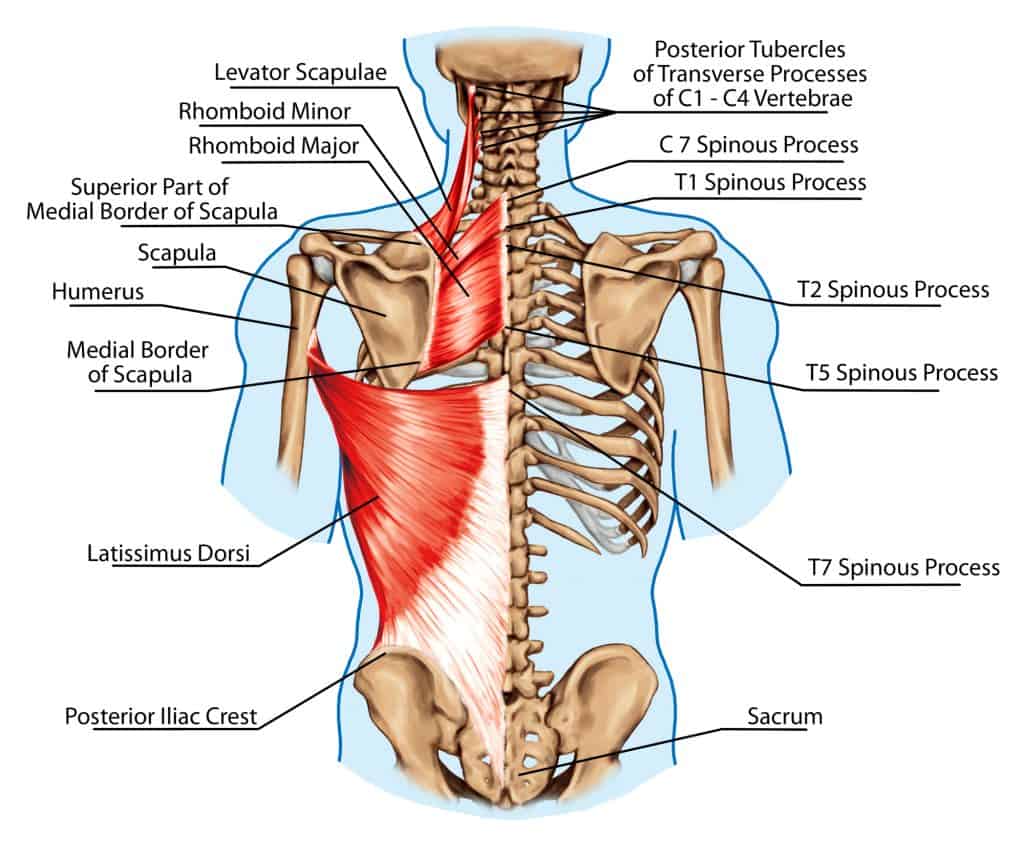
Exercises for scapular muscle strengthening
- Rows
- Planks
- Push-ups (with a plus)
- Scapular protraction/retraction exercises
- IYTWs in prone or over a physioball
Rowing machines are making a comeback and offer great cardio and strengthening for the upper back.
Rowing machines also offer a low impact workout and can be a great swap to keep moving when there’s a lower-body injury.
Scapular muscles stretches
Stretches that target the scapular stabilizers include cat stretch, eagle pose arms, and thread the needle.
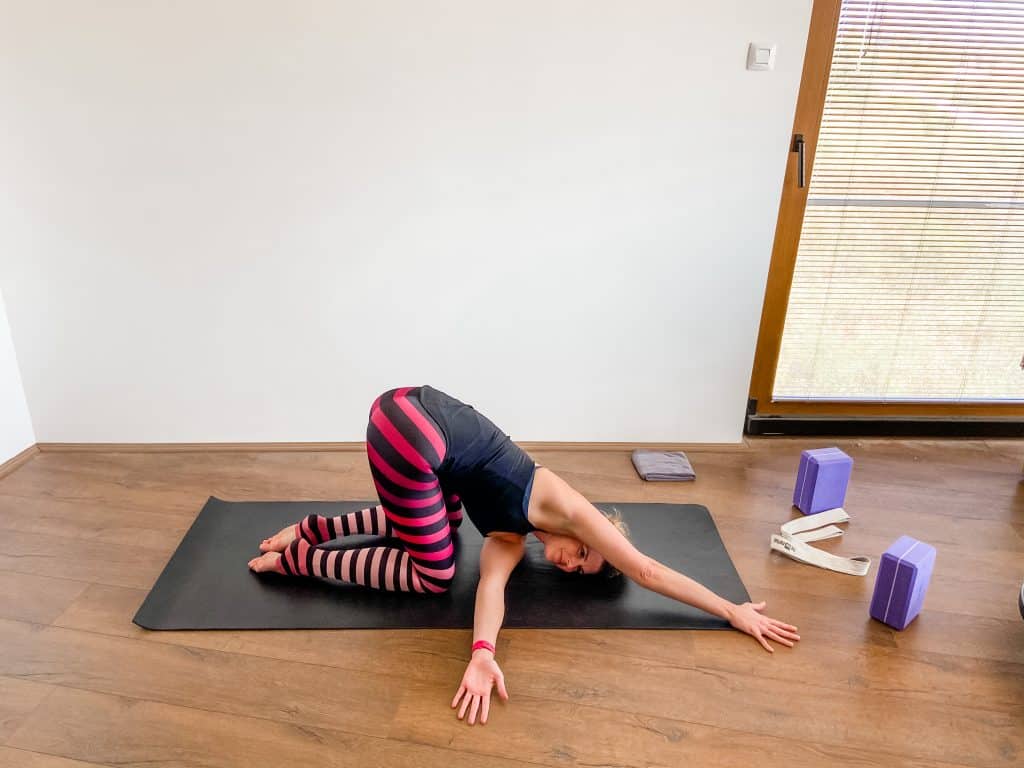
Latissimus dorsi
The lats are an upper body powerhouse; a must-have in your upper body workout.
Latissimus dorsi originates in the lower back, with attachments to the pelvis, lumbar spine, and lower ribs. There is also a small attachment on the bottom angle of the shoulder blade on the way to the humerus.
The lats have a few functions, one of the major ones being pulling up your body weight. Having strong lats is vital to be able to do things like pull-ups or swimming.
The lats are a direct connection between the core, and the shoulder, and tightness may make it difficult to raise your arm over your head.
Lat strengthening exercises
- Lat pulldowns
- Single-arm row
- pull-ups/assisted pull-ups
- Bent over row
Lat stretching exercises
- Downward Dog
- Puppy pose
- Standing pull away stretch
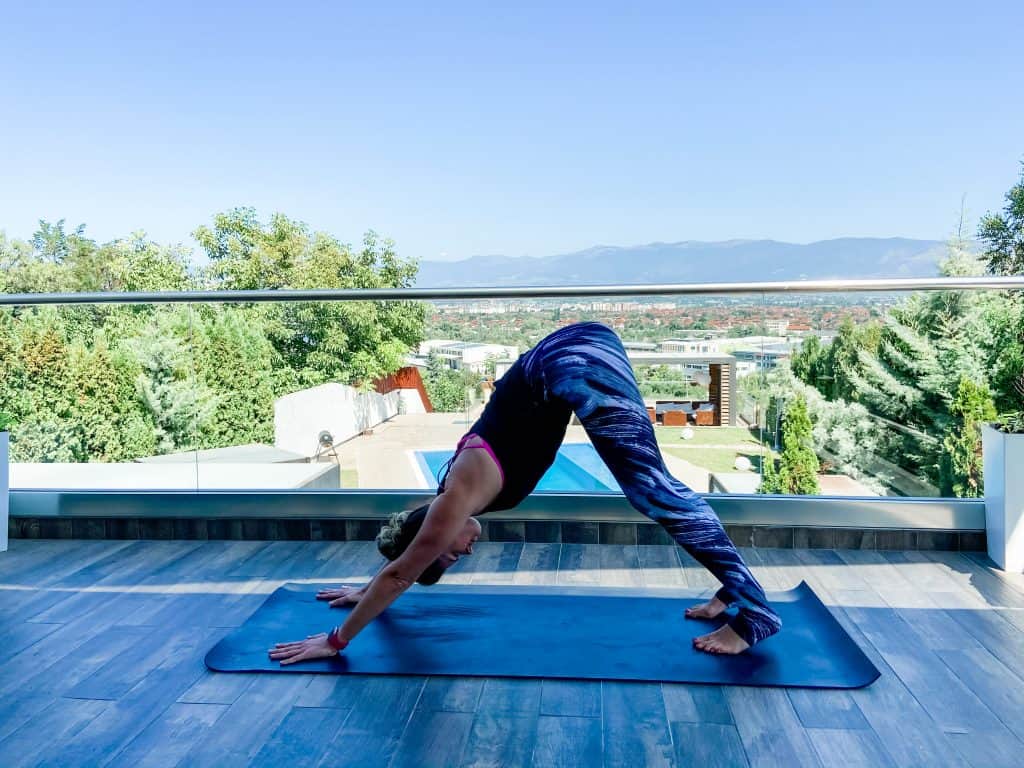
Wrapping up
Understanding anatomy and how to body works together is a crucial part of successful fitness. This understanding helps you to avoid going through the motions and take an active role in your fitness.
You have to know why you’re doing what you’re doing.
Working all upper body muscle groups evenly helps prevent imbalances that can lead to pain and injuries.
There are many different ways to get a great upper body workout. Some exercises may work better than others, it depends on your body and your goals. It’s possible to modify anything to your needs.
Check out the Exercise Library for more ideas!

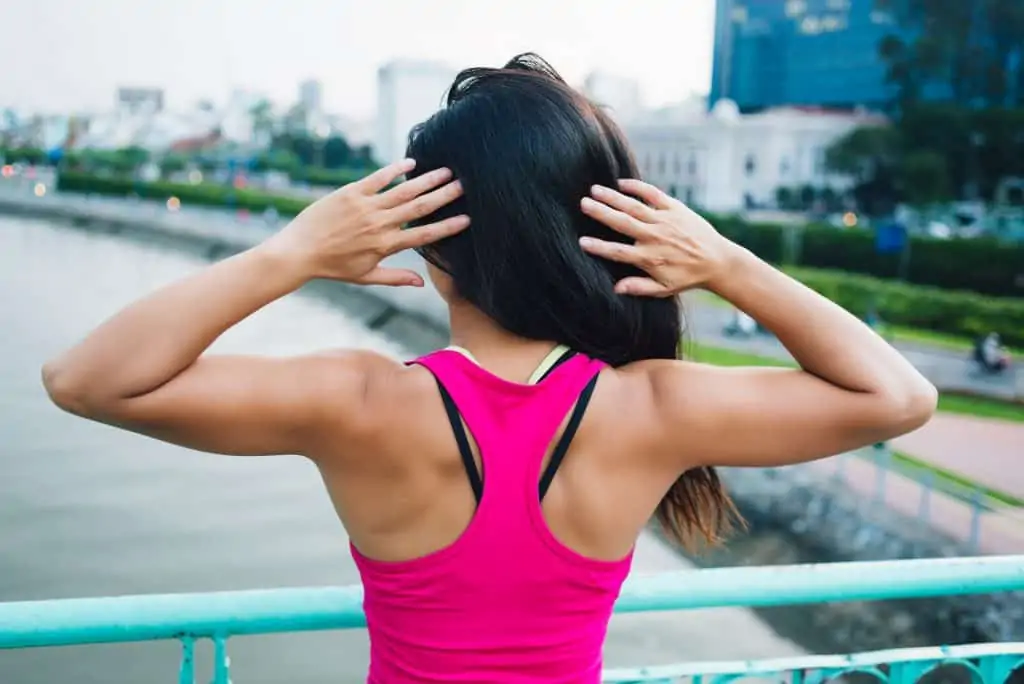
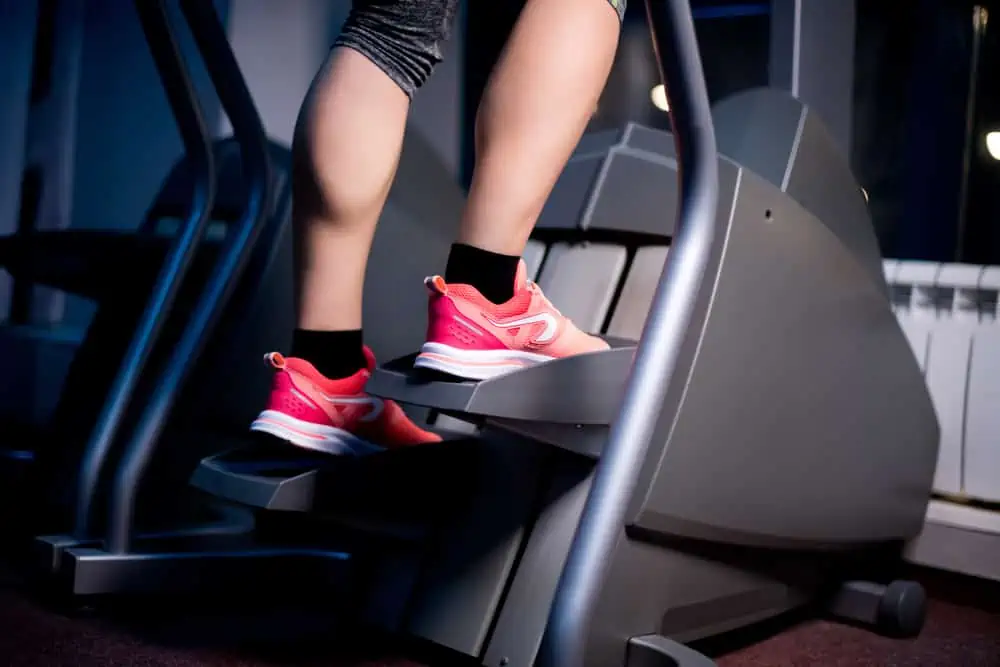
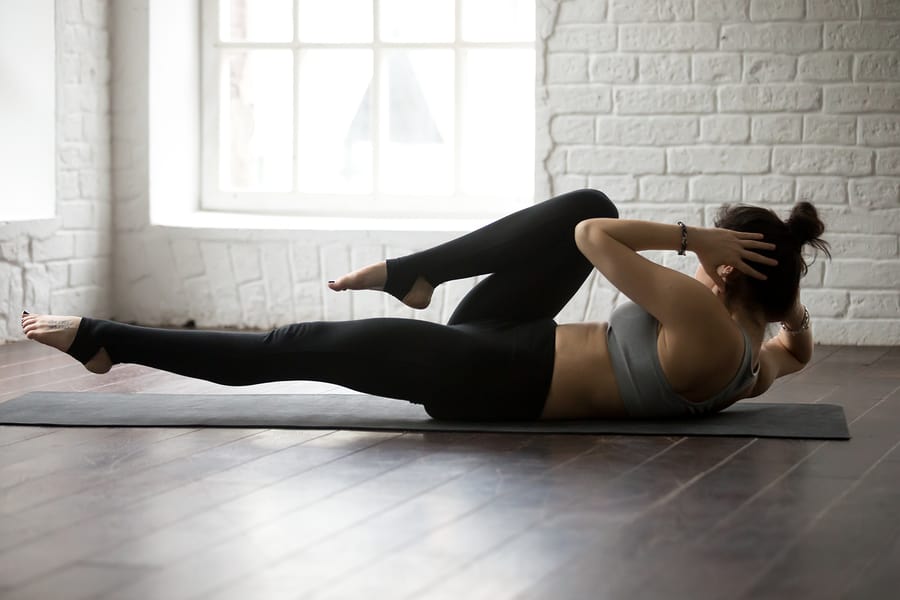
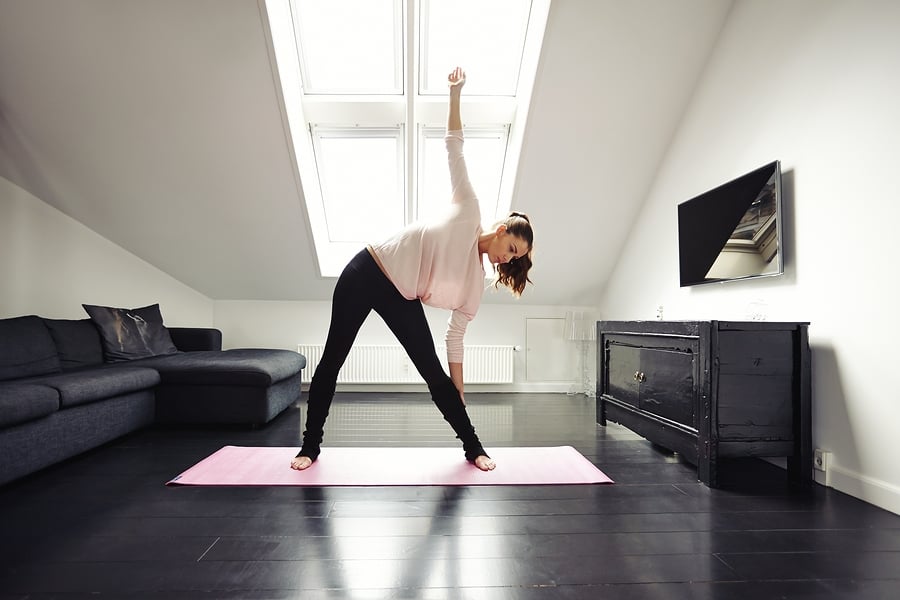
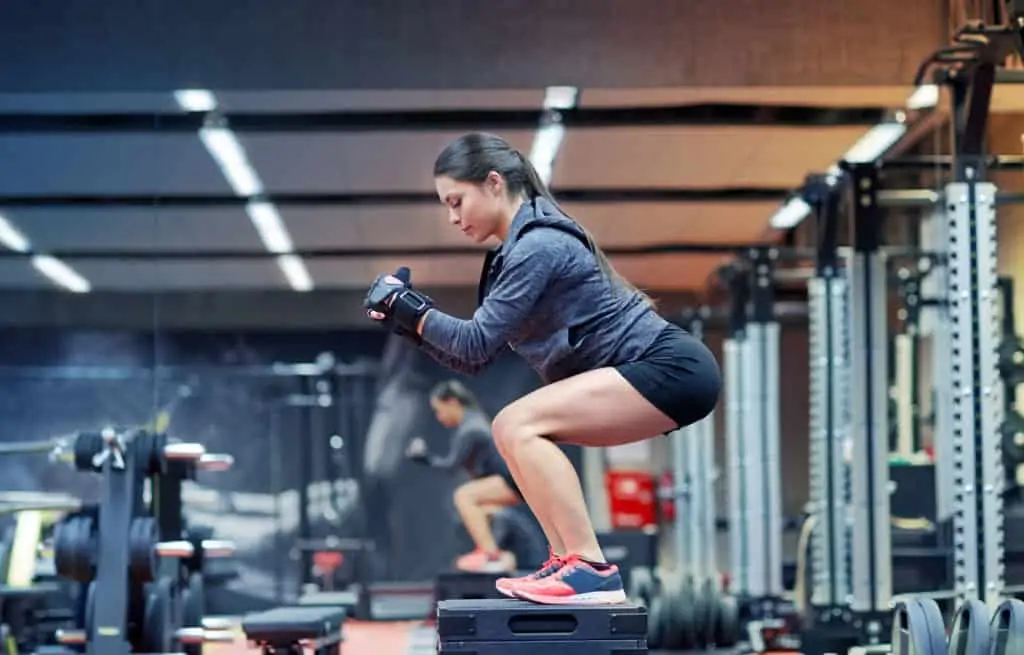
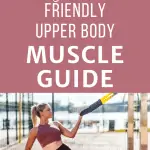
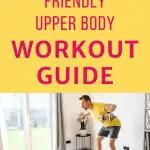
wow! this is a thorough guide on understanding all about upper body muscles.
thanks for sharing this informative post.
Thank you.
This article is so well written and helpful. It’s hard to find an article with accurate information these days but this one simply takes the cake.
Thanks so much for reading!
Thank you! ?? How you broke these down into bite size chunks was very informative and helpful. As a woman in my 50’s, learning how to take care of my rotator cuffs is important. The yoga poses are familiar and encourage if for me.
Awesome, I hope it helps!
What an awesome and comprehensive guide. It gives me a new perspective for working and what muscles I am using.
Glad to hear, thank so much.
Very inforitive! I love all the details you put into this. I have just started working out so this is great information.
Thanks, I hope it helps.
Great series of workouts! Thank you for sharing. I am trying to strengthen my upper body.
Thank you!
I’ve been working out for about 9 months now, but still don’t know too much about specific muscles. This post was so informative. Thank you for sharing!
Awesome, I’m glad you found it helpful. Learning about anatomy will improve how you workout.
This post is very informative and helpful! As someone who loves fitness, I appreciate a well-educated post, like this! Thank you for sharing 🙂
Thanks so much!
great tips and exercises
Thanks for reading!